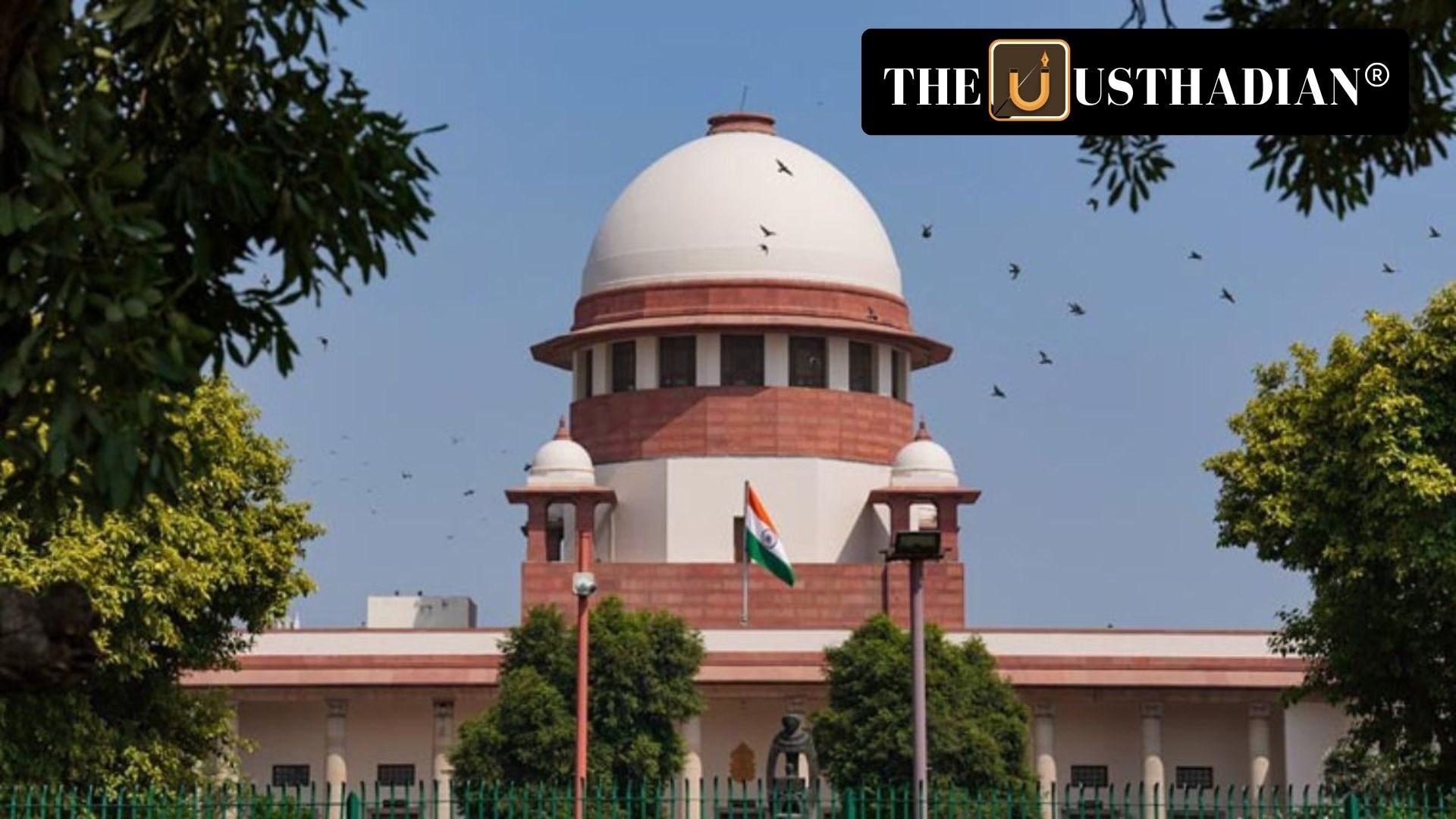Why This Case Matters
Supreme Court’s Landmark Ruling on Abetment of Suicide: Justice with Caution : In January 2025, the Supreme Court of India passed a significant judgment that redefined how abetment of suicide under Section 306 IPC should be approached. The ruling stemmed from a case involving a bank manager accused of forcing a borrower to take his own life. This case was emotionally charged, but the court’s message was clear: justice must rely on solid proof, not assumptions driven by grief or emotion.
The decision is a wake-up call for how such cases are handled, reminding everyone that real-life complexities must guide legal outcomes.
What the Law Actually Says
Under Section 306 of the IPC, anyone found guilty of abetting suicide can face up to 10 years in prison. But what counts as abetment? That’s where Section 107 IPC comes in—it defines abetment as instigating, conspiring, or aiding someone to do a particular act.
However, courts have repeatedly said that it’s not enough to show that the accused knew or interacted with the deceased. The law demands that the accused must have directly encouraged or assisted the suicide—a very high standard to meet.
A Closer Look at the Bank Manager Case
In October 2022, a borrower died by suicide and left a note blaming a bank manager for alleged harassment over unpaid loans. Based on this note, charges under Section 306 were filed. The trial court in Madhya Pradesh and later the High Court allowed the case to proceed, citing “prima facie” evidence.
But the Supreme Court, in January 2025, overturned these decisions. The bench emphasized that emotional notes or workplace stress do not automatically amount to legal abetment. There must be clear, provable links between the accused’s actions and the suicide.
Supreme Court’s Balanced View
The ruling stressed the importance of separating emotional distress from criminal liability. Suicide, the court observed, can stem from a range of personal and social pressures, and blaming someone without proper evidence could lead to wrongful punishment.
The court warned against using circumstantial or vague evidence, especially in professional settings, where emotions and misunderstandings are common. Instead, direct instigation or provable harassment must be shown beyond doubt.
Legal Precedents That Guided the Verdict
The court leaned on earlier landmark cases such as:
- M Mohan v The State (2011): Said that mere association or conflict is not enough; the accused must have played an active role.
- Ude Singh v State of Haryana (2019): Highlighted the need for clear evidence of instigation or coercion leading directly to suicide.
These rulings created a foundation for cautious application of abetment laws.
A More Nuanced Legal Climate
This verdict reflects a broader shift in Indian courts—protecting both victims and the wrongly accused. While it’s important to address genuine abuse, the law must not become a tool for emotional retribution.
The court’s approach now promotes a more rational, evidence-driven path for such sensitive cases, setting a tone of fairness and clarity for future rulings.
STATIC GK SNAPSHOT FOR COMPETITIVE EXAMS
Supreme Court’s Landmark Ruling on Abetment of Suicide: Justice with Caution :
| Topic | Fact |
| Section 306 IPC | Abetment of suicide, up to 10 years’ imprisonment |
| Section 107 IPC | Defines abetment – instigating, aiding, or conspiring |
| Conviction Rate (2022) | Only 17.5% in abetment of suicide cases |
| M Mohan v The State (2011) | Emphasized need for direct involvement |
| Ude Singh v State (2019) | Called for evidence of active role leading to suicide |








